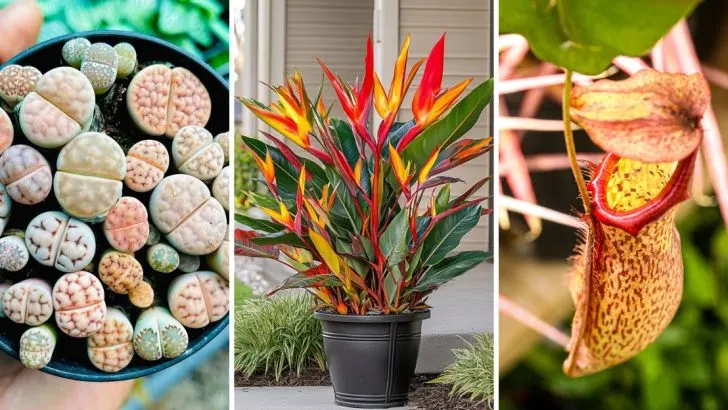Are you tired of seeing the same fiddle-leaf figs and pothos in every home? It’s time to step up your plant game and bring a sense of adventure to your indoor jungle.
Bold and unique plants can transform any space, making it not just a room but a vibrant, living oasis full of character and charm.
This curated list of 12 extraordinary plants goes beyond the basics, showcasing varieties with striking colors, fascinating shapes, and even surprising features. Whether you’re a seasoned plant enthusiast or just starting your collection, these bold choices are sure to inspire and delight. Let’s dive into the world of the extraordinary!
Lithops
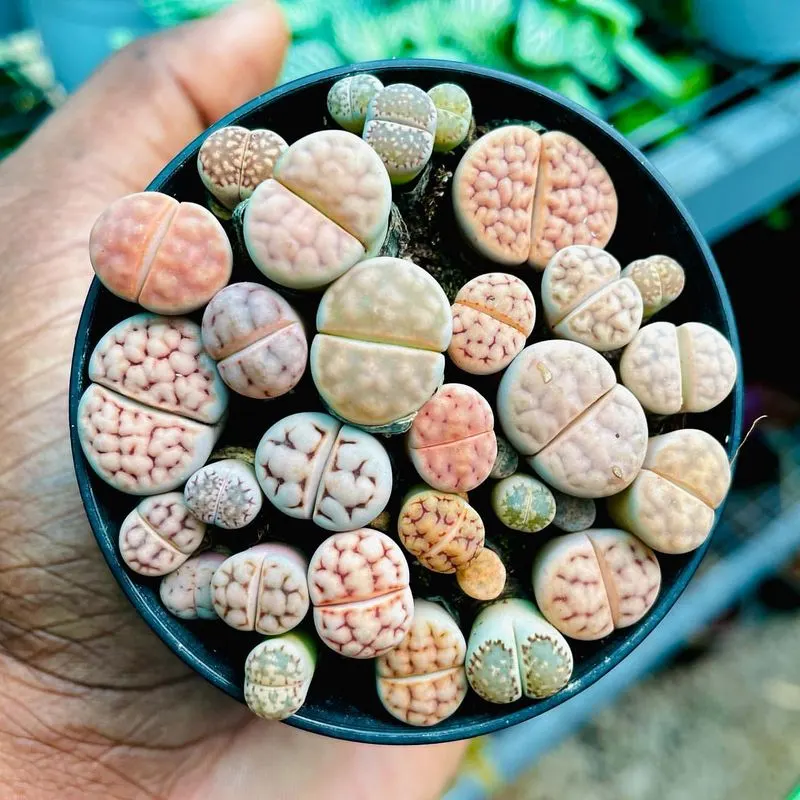
Resembling small stones or pebbles, Lithops are incredibly unique succulents. Originating from the arid regions of southern Africa, these plants have adapted to their environment by mimicking the appearance of rocks. This camouflage helps them avoid being eaten by herbivores.
Caring for Lithops involves understanding their unique water needs; they thrive on minimal watering. Overwatering can lead to root rot, so it’s essential to mimic their natural dry habitat. For those seeking an unusual and conversation-starting plant, Lithops are perfect. Plus, their low-maintenance nature makes them suitable for busy plant lovers.
Corpse Flower
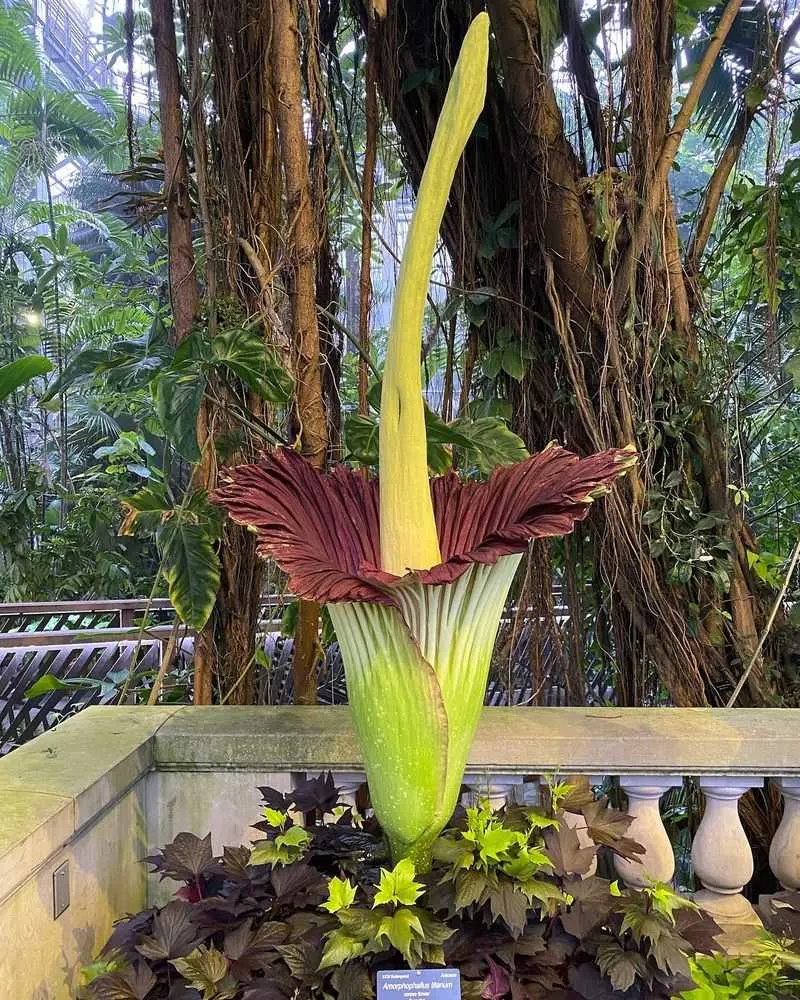
Known for its formidable odor, the Corpse Flower is as intriguing as it is rare. This plant blooms infrequently, but when it does, it unveils one of the largest flowers in the world. Its distinctive smell, reminiscent of decaying flesh, attracts carrion insects for pollination.
Despite its pungent aroma, the Corpse Flower is a marvel of nature, demonstrating the diverse strategies of plant reproduction. While not suitable for indoor gardening, it is a coveted spectacle in botanical gardens, drawing crowds eager to witness its rare and extraordinary bloom.
Venus Flytrap
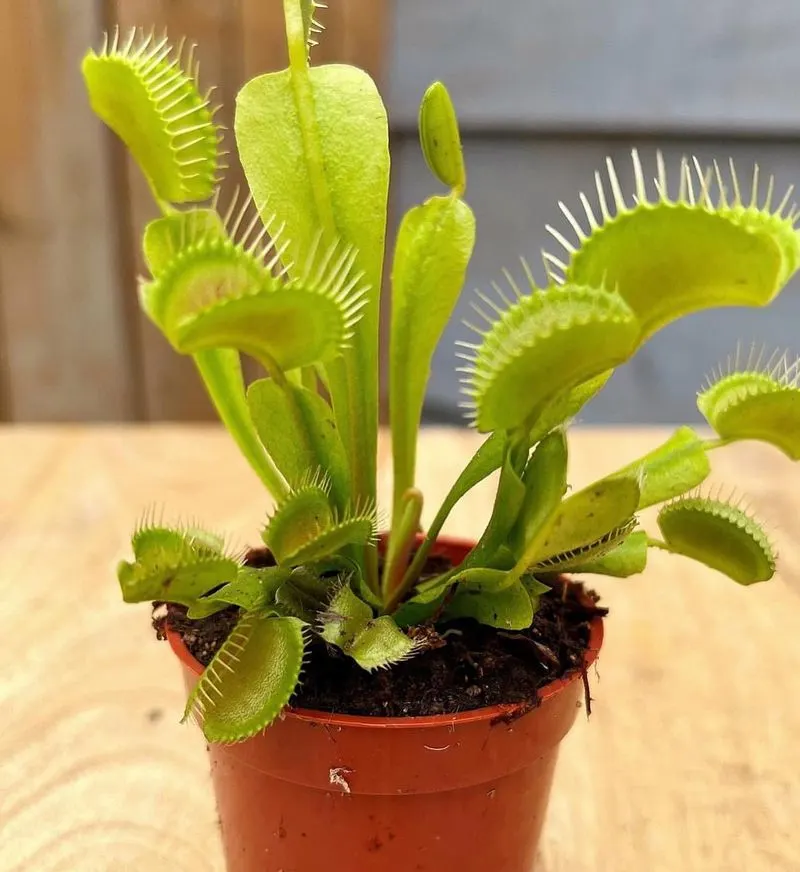
The Venus Flytrap is a fascinating carnivorous plant that captures the curiosity of many. Native to the subtropical wetlands of the East Coast of the United States, it traps insects and spiders with its jaw-like leaves.
These leaves snap shut when prey touches its sensitive trigger hairs, showcasing a highly specialized adaptation for nutrient-poor soils. Ideal for enthusiasts of unusual plants, the Venus Flytrap requires a sunny spot and consistently moist, acidic soil to thrive. Its captivating mechanism makes it a favorite among both children and adults who enjoy interactive gardening experiences.
Mimosa Pudica
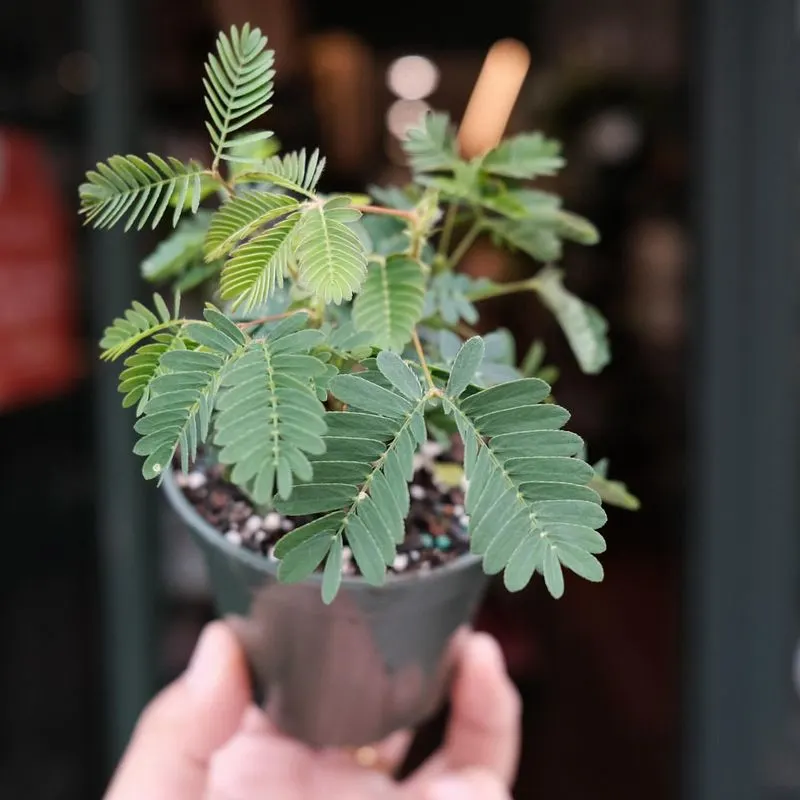
Mimosa Pudica, commonly known as the “Sensitive Plant,” offers a delightful response to touch. Its leaves fold inward and droop when disturbed, providing a fascinating visual display. This movement is a defense mechanism against predators and harsh weather.
Native to South America, the plant thrives in warm, humid conditions and prefers well-draining soil. Although it can be grown indoors, providing ample sunlight will enhance its touch-responsive behavior. The Mimosa Pudica’s interactive nature makes it a wonderful addition to homes, especially for those intrigued by plants with dynamic qualities.
Pitcher Plant
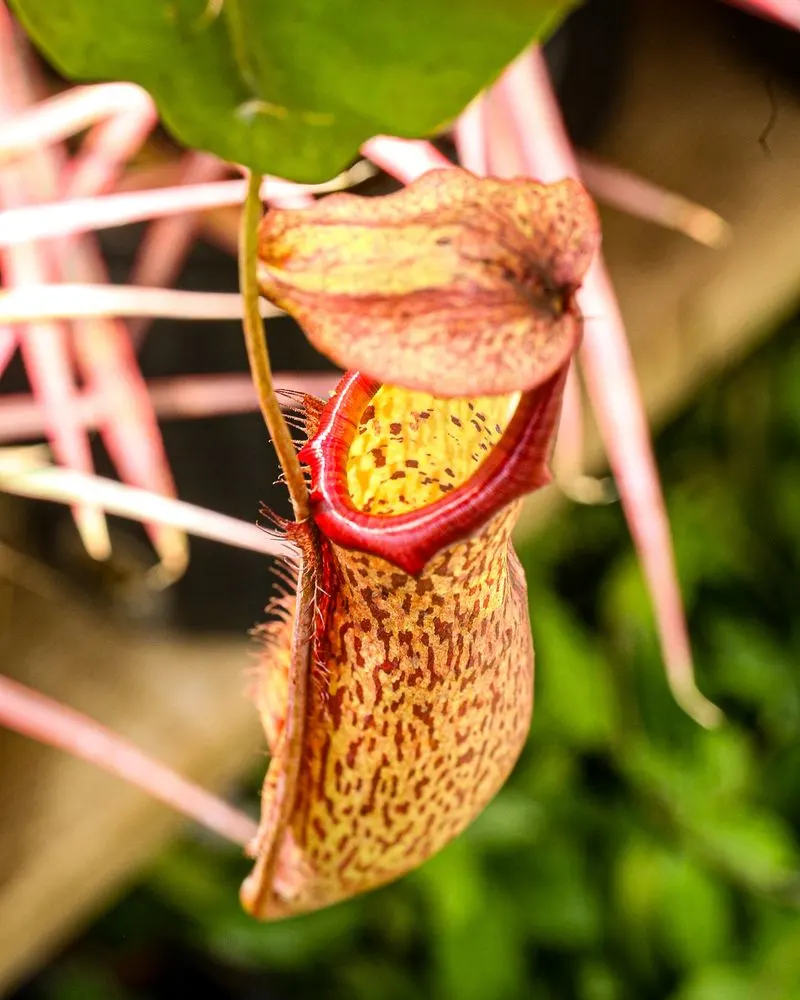
Pitcher Plants are captivating carnivores that employ a unique method to lure and digest insects. Their tubular leaves are designed to trap rainwater mixed with digestive enzymes. Insects find themselves drawn to the plant’s nectar and bright colors, only to slip into the trap.
These plants thrive in nutrient-poor, swampy areas, making them a striking addition to bog gardens. Cultivating Pitcher Plants requires replicating their natural conditions, with high humidity and consistent moisture levels. They reward growers with their fascinating design and the satisfaction of observing their efficient trapping mechanism.
Staghorn Fern
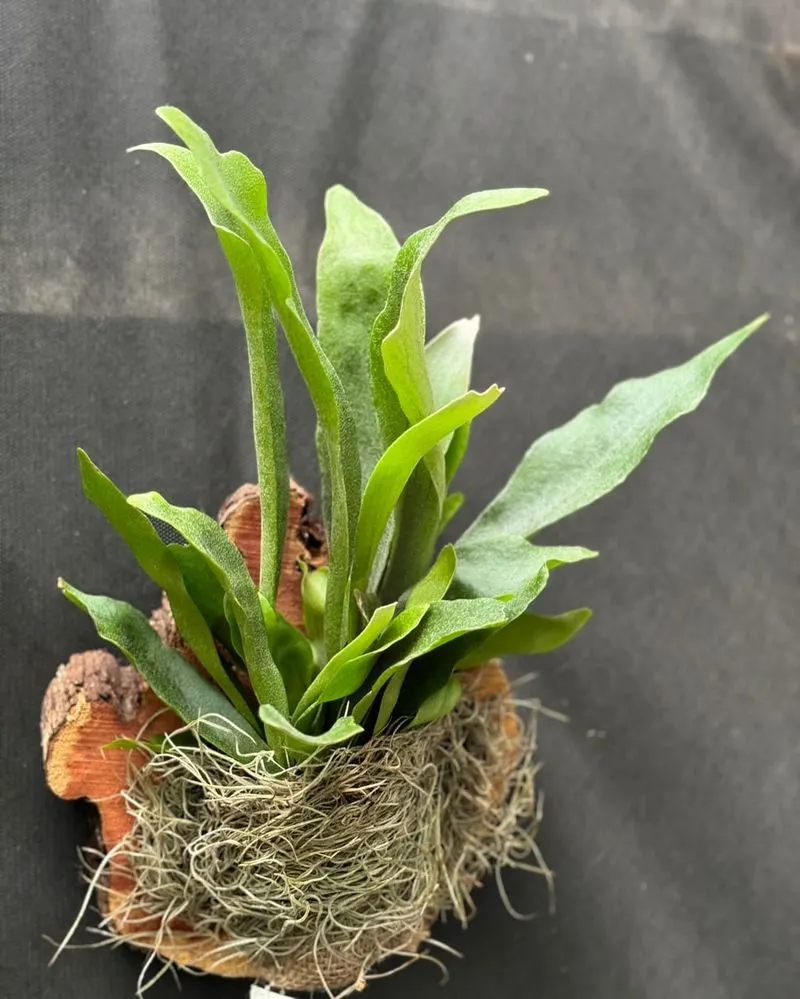
Staghorn Ferns offer an antler-like appearance that makes them a standout feature in any plant collection. Unlike traditional plants, they thrive mounted on boards or hanging baskets, resembling their natural epiphytic lifestyle.
These ferns absorb moisture and nutrients through their fronds, requiring a humid environment to flourish. Regular misting and indirect light will keep them healthy and vibrant. Staghorn Ferns bring a touch of the exotic to indoor spaces and are particularly appealing to those looking to experiment with vertical gardening and unconventional plant displays.
Monkey Puzzle Tree
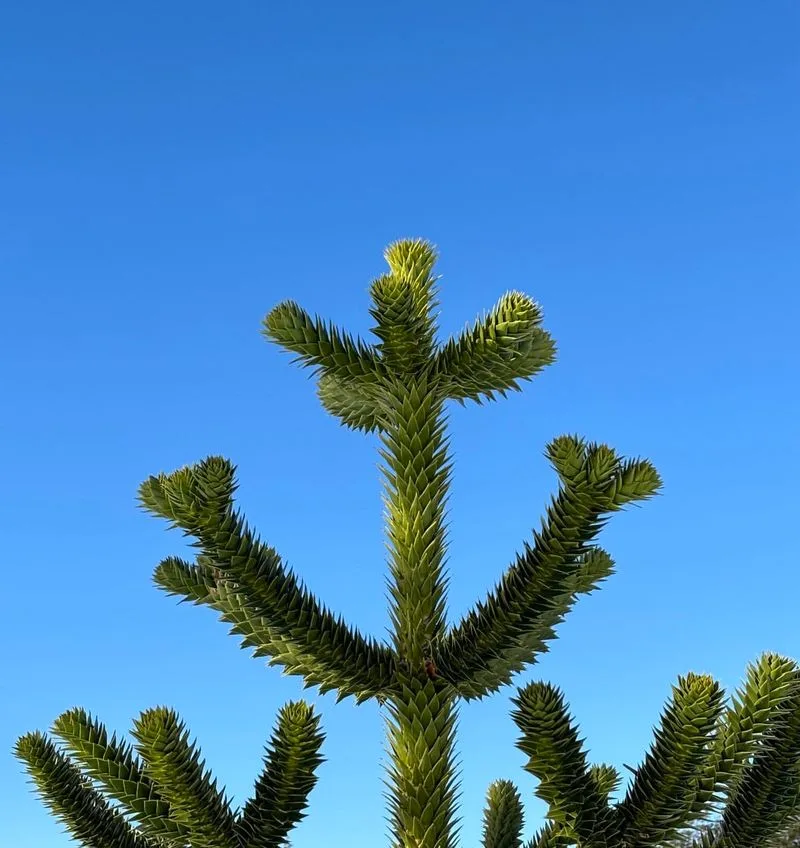
The Monkey Puzzle Tree boasts a prehistoric allure with its spiraling branches and sharp leaves. As one of the oldest tree species still in existence, it hails from the temperate rainforests of Chile and Argentina.
Its name is said to derive from the challenge it would pose to a climbing monkey, due to its prickly foliage. This evergreen requires ample space and can grow to impressive heights, making it a unique focal point in gardens. Ideal for those with expansive outdoor areas, the Monkey Puzzle Tree adds both historical intrigue and natural beauty.
Bird of Paradise
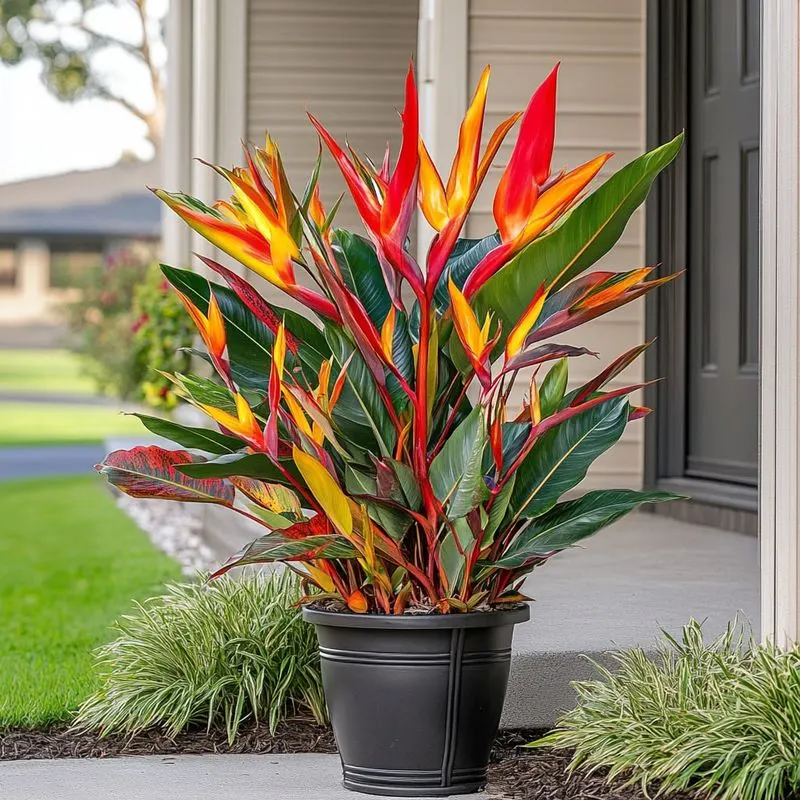
With its striking orange and blue flowers, the Bird of Paradise is a showstopper in any garden. This tropical plant, native to South Africa, resembles a colorful bird in flight, and its flowers are rich in nectar.
While it thrives outdoors in warm climates, it can also be grown indoors with adequate light. The plant’s dramatic blooms emerge from sturdy stems, creating a bold visual statement. For those looking to add a splash of color and exotic flair, the Bird of Paradise is an excellent choice, offering both aesthetic appeal and easy maintenance.
Rafflesia
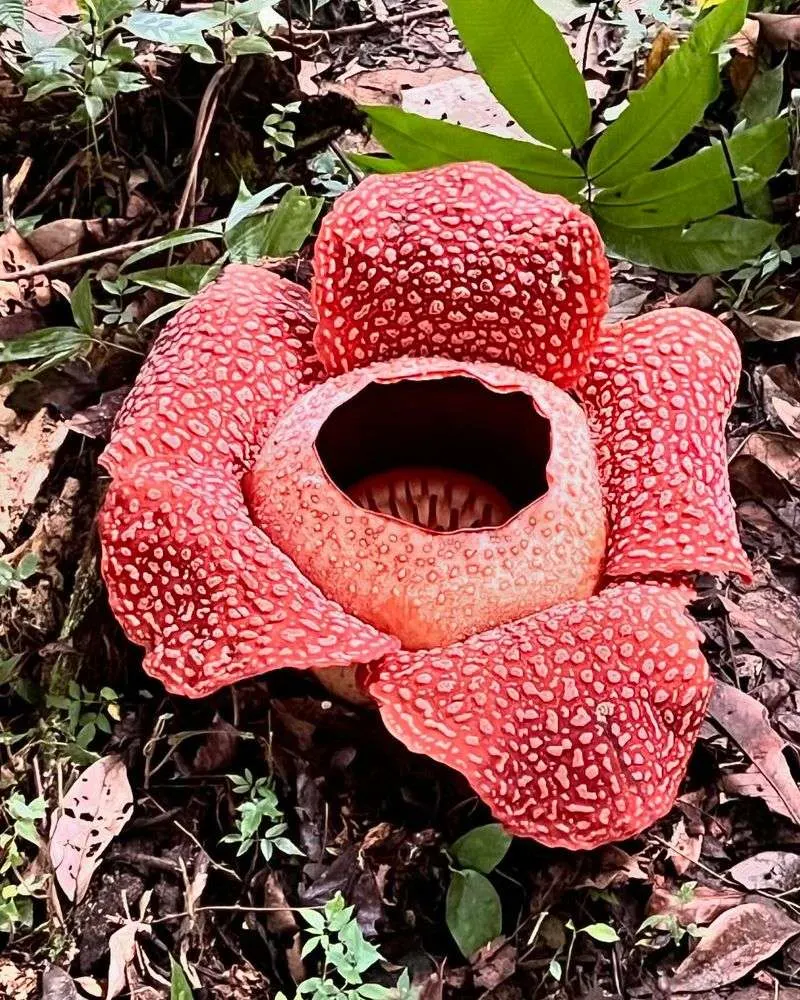
Rafflesia is famous for producing the largest individual flower on Earth. Found in the rainforests of Southeast Asia, it boasts a striking appearance with its massive, reddish bloom. Like the Corpse Flower, it emits a strong odor to attract pollinators.
This parasitic plant relies on its host vine for sustenance, making it a rare find for enthusiasts. While not suitable for home cultivation, Rafflesia is a remarkable example of nature’s diversity. Its presence highlights the importance of conserving the delicate ecosystems where such extraordinary plants thrive.
Rainbow Eucalyptus
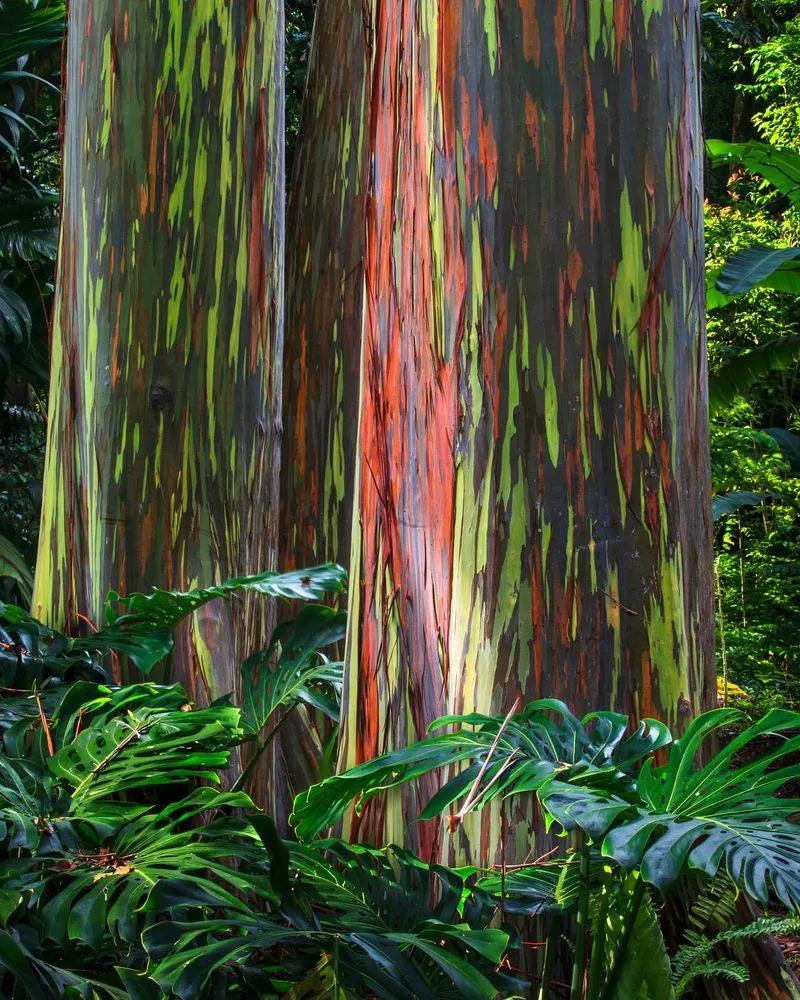
The Rainbow Eucalyptus is a living canvas, boasting a trunk with vibrant streaks of green, blue, orange, and purple. As the bark peels, it reveals layers of different colors, creating a stunning visual effect. This eucalyptus grows rapidly in tropical climates, often used in plantations for its timber.
While it can reach towering heights, its captivating bark makes it a popular ornamental choice in suitable climates. The Rainbow Eucalyptus is perfect for those who appreciate nature’s artistry and have the space to accommodate its grandeur, providing a unique conversation piece for any landscape.
Dragon’s Blood Tree
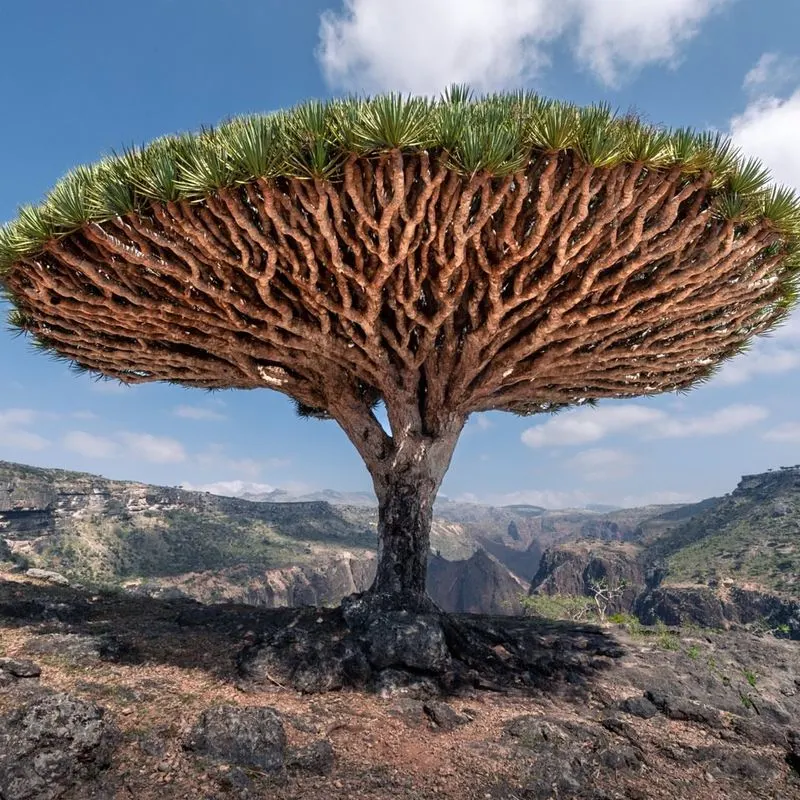
The Dragon’s Blood Tree stands out with its umbrella-shaped canopy and crimson sap. Native to the Socotra archipelago, this tree thrives in arid, rocky environments, drawing nutrients from its shallow roots.
The red resin, known as “dragon’s blood,” has been used for centuries in medicine and dyeing. While difficult to cultivate outside its natural habitat, it symbolizes resilience and adaptation. For plant enthusiasts interested in rare and storied specimens, the Dragon’s Blood Tree offers a glimpse into the unique flora of remote landscapes.
Baobab
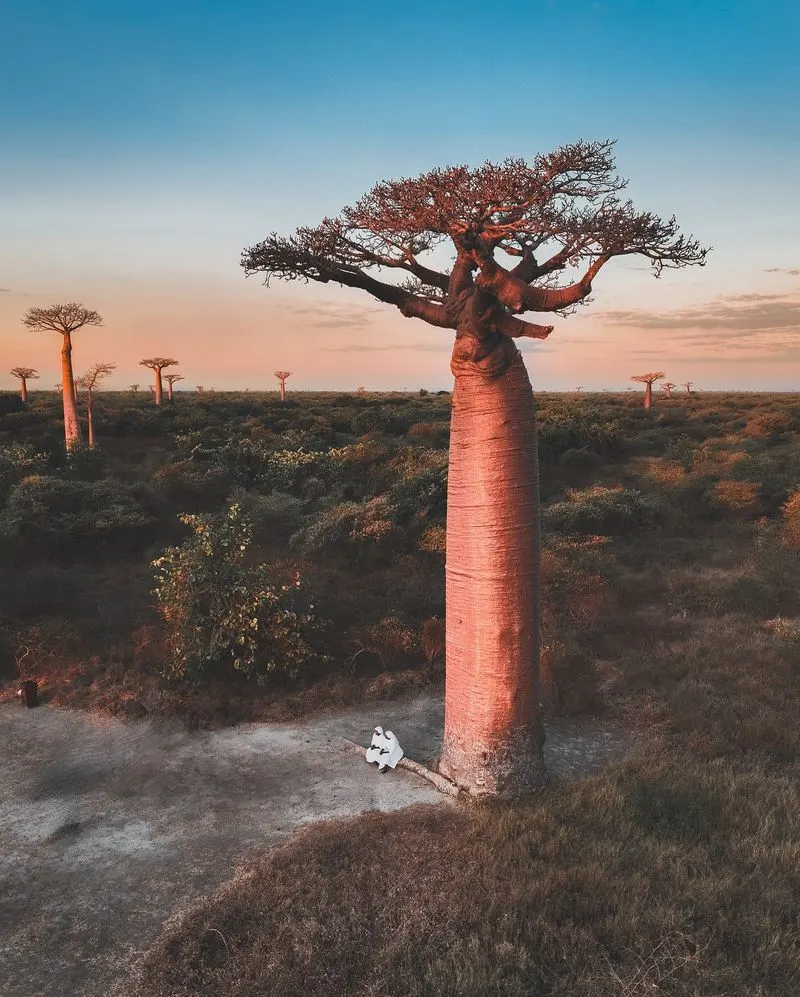
Baobabs are iconic symbols of the African savanna, known for their enormous trunks and sparse, spreading branches. These trees store water in their trunks, enabling them to survive harsh droughts.
Baobabs have a long lifespan, often living for thousands of years, and play a central role in their ecosystems, providing food and shelter. Though challenging to grow outside of Africa, they inspire those interested in conservation and sustainable gardening. The Baobab’s presence reminds us of the beauty and resilience found in nature’s most enduring forms.

